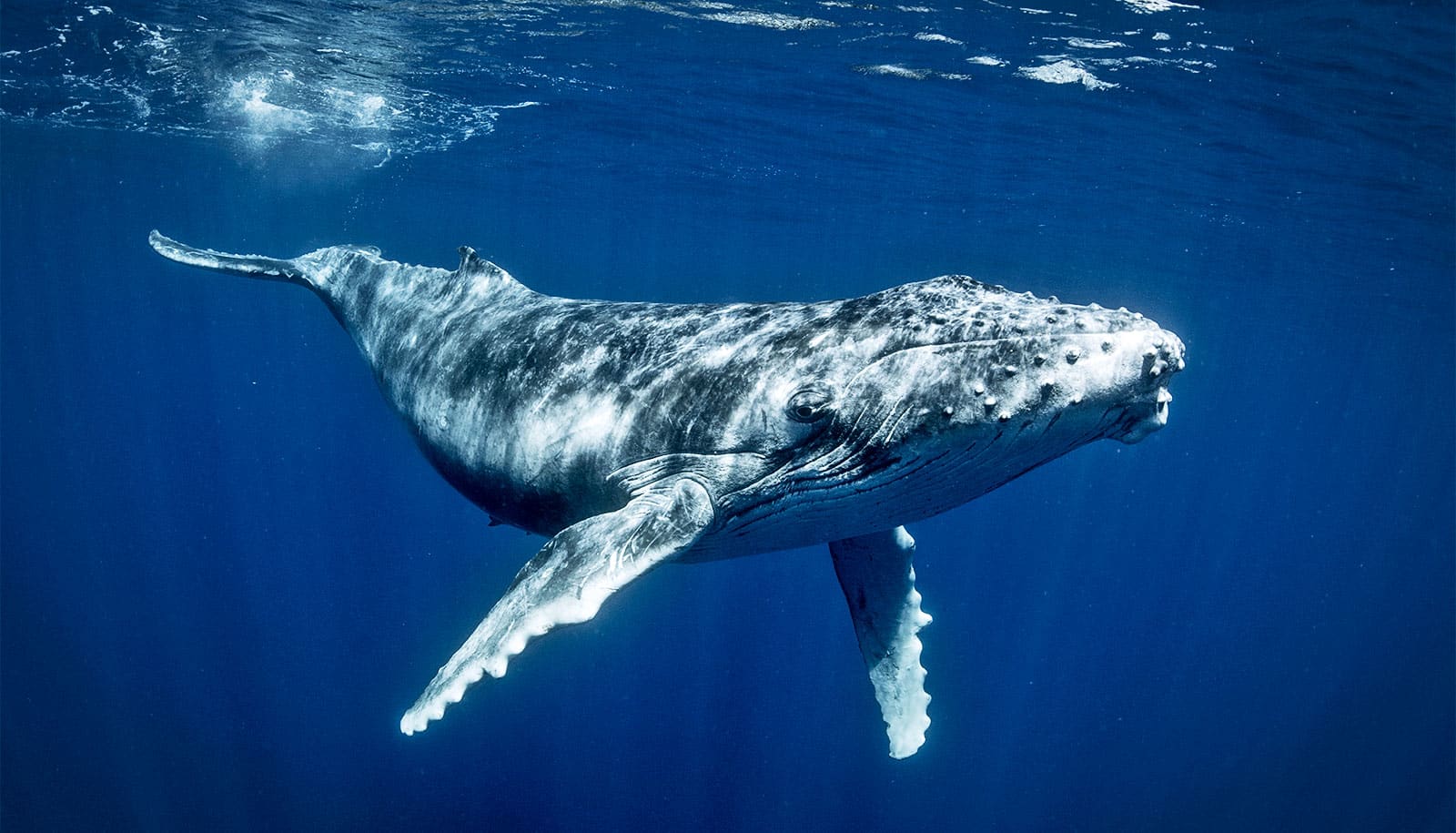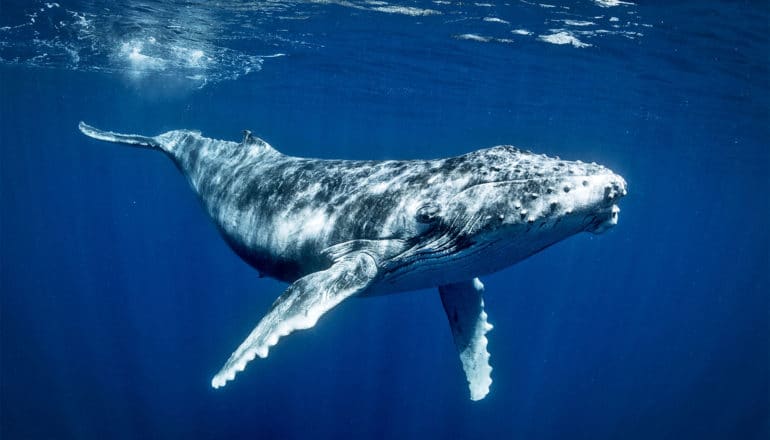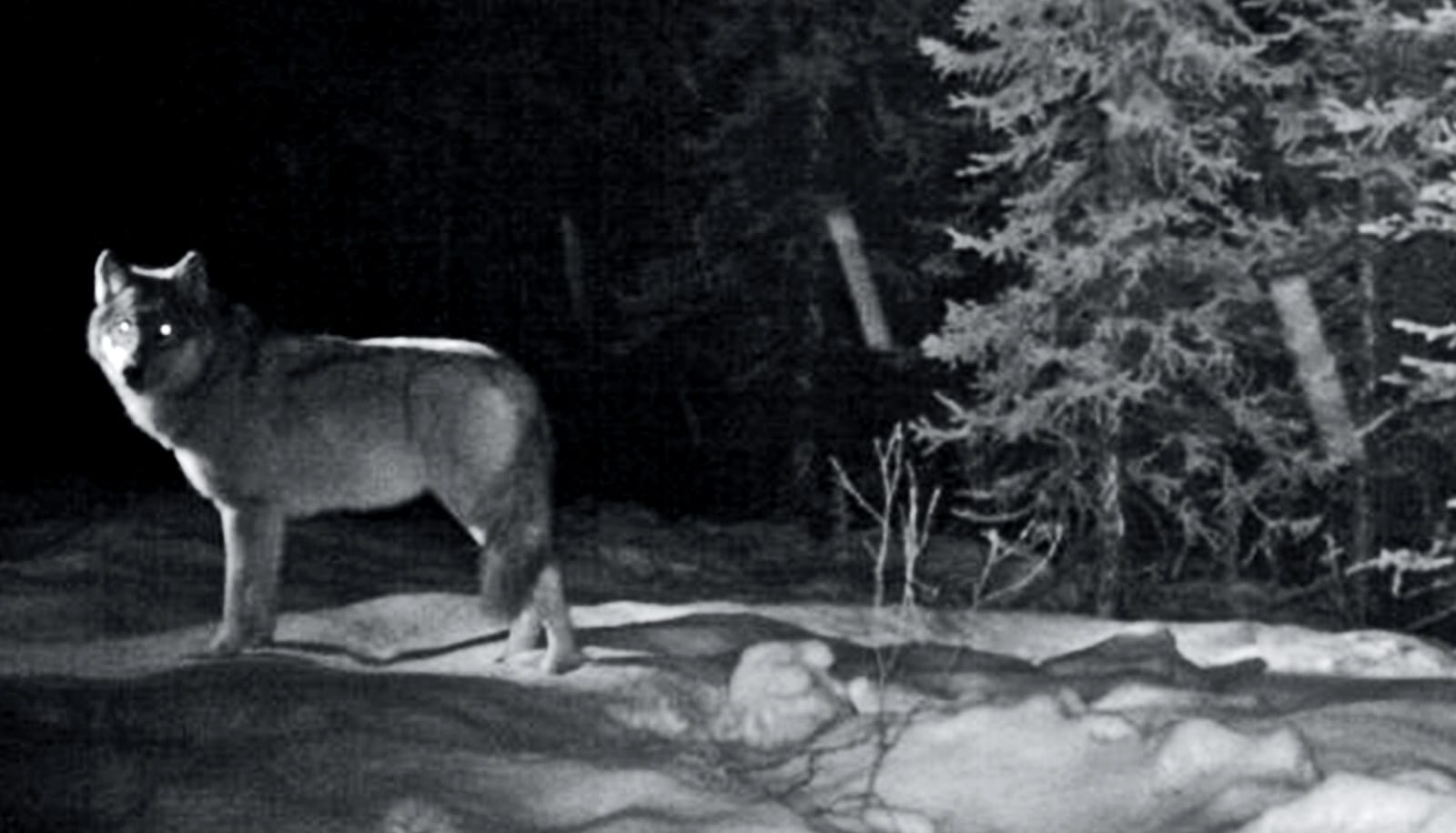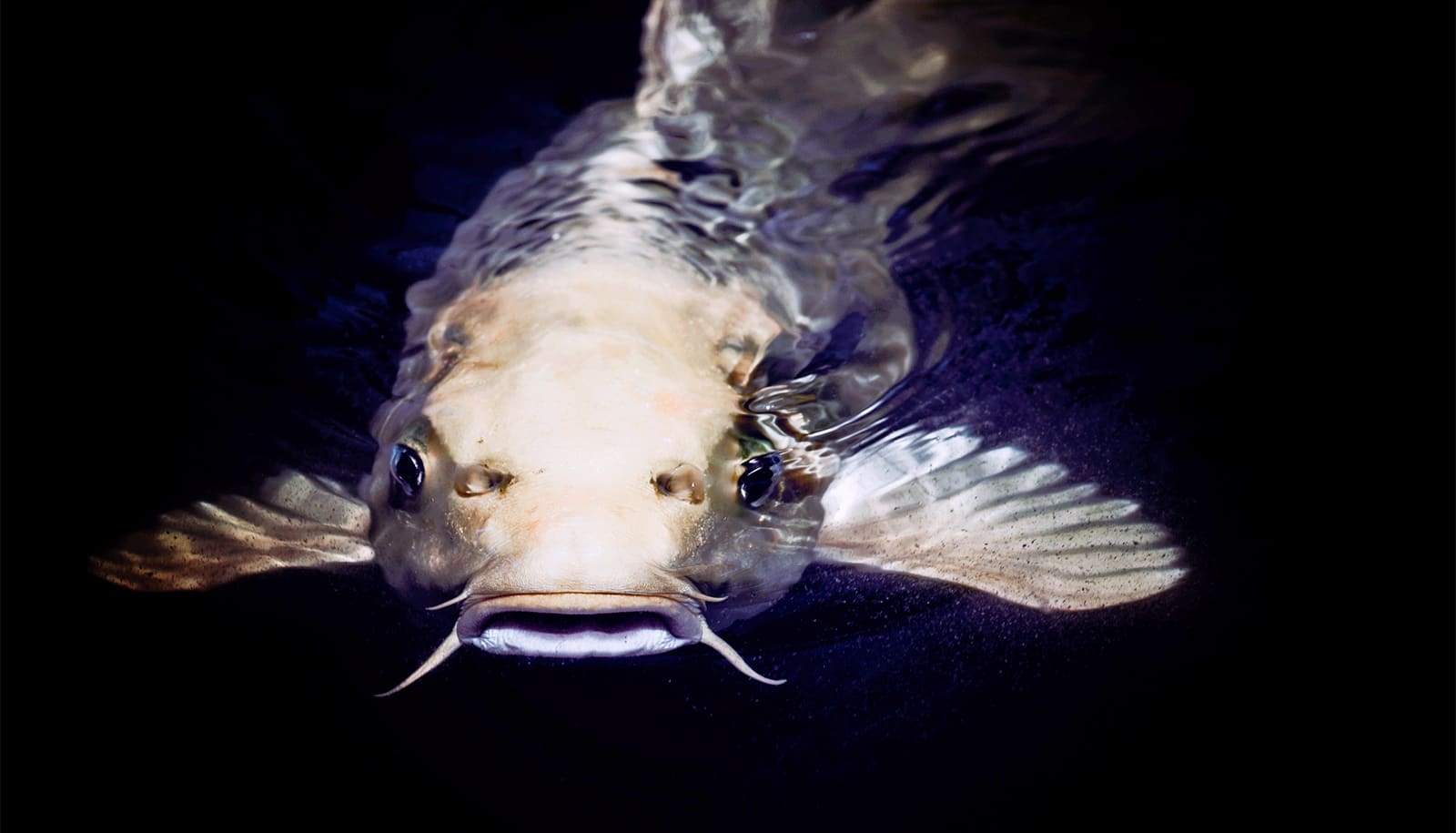
(Credit: Getty Images )
Whales use stealth to sneak up on fish
Humpback whales attack their prey about as fast as humans jog. So how are they so good at catching tiny, speedy fish? Stealth and deception.

Humpback whales, which attack their prey at speeds only as fast as a person jogs, use stealth and deception to catch fish, a new study shows.
Researchers combined field studies, laboratory experiments, and mathematical modeling to come up with a surprising explanation for this seemingly paradoxical feat.
From a conservation and ecological standpoint, the work also derived the first quantitative estimates of how many fish humpbacks consume in a single feeding event and over time.
“Lunge-feeding whales need dense concentrations of prey to forage effectively, yet fish schools could easily disperse and render lunge-feeding ineffective if they sensed a threat,” says lead author David Cade, a graduate student in the lab of Jeremy Goldbogen, assistant professor of biology at Stanford University, during the research. “We were interested in finding why these schools of fish did not run from this huge, looming predator.”
The researchers conducted lab experiments to measure anchovies’ escape reaction to a virtual whale—a widening dot, representing the expanding maw of a lunging whale. Researchers based models that informed how quickly the dot widened on recordings from whale-mounted video tags they deployed in Monterey Bay and Southern California.
They then used results from these experiments to predict how many fish would escape from an oncoming whale based on their reaction times.
“One of the innovations of this study was to use predator data to inform the models we played back to fish,” Cade says. “This allowed us to discover that the range of values at which a fish responds to an oncoming predator are all passed nearly simultaneously at a point when the whale opens its mouth, suggesting that by precisely timing its engulfment, the whale can avoid triggering escape responses in fish.”
Through these experiments, models, and field observations, the researchers determined that whales overcome shortcomings in speed and maneuverability by waiting to open their mouths until they are very close to the fish—essentially a whales’ way of sneaking up on their prey. The researchers did not see the same delays in whales pursuing krill, which are less reactive to looming predators.
“This made sense when we realized that fish have been evolving to avoid being eaten by smaller predators for at least 100 million years, but lunge-feeding is a relatively new feeding strategy, evolutionarily speaking,” Cade says.
Humpbacks, like other members of the rorqual whale group, engage in lunge-feeding. This means they lunge after prey, take in a volume of water that can be larger than their own body (thanks to expandable oral cavities) and then filter out the excess water before gulping down their catch.
Opening the mouth, then, is hydrodynamically costly—like opening a parachute at high speeds, and feeding on fish requires the whales to time their lunging in ways that can be energetically costly. However, the high energetic gains from captured prey outweigh these costs. This research estimates that, for humpbacks, stealthy fish feeding is seven times more energetically efficient per lunge than feeding on krill.
The paper appears in PNAS.
Source: Stanford University
The post Whales use stealth to sneak up on fish appeared first on Futurity.
Share this article:
This article uses material from the Futurity article, and is licenced under a CC BY-SA 4.0 International License. Images, videos and audio are available under their respective licenses.
Related Articles:
‘Fatal attraction’ may keep small predators in check
March 18, 2020 • futurityScientists use ‘x-ray vision’ to see how catfish nab prey
April 17, 2019 • futurityLinks/images:
- https://www.futurity.org/whales-feeding-video-1254452-2/
- https://www.futurity.org/tagged-blue-whales-flee-military-sonar/
- https://www.futurity.org/whales-size-evolution-feeding-748022/
- https://doi.org/10.1073/pnas.1911099116
- https://www.futurity.org/humpback-whales-lunge-feeding-fish-2240842/
- https://www.futurity.org


